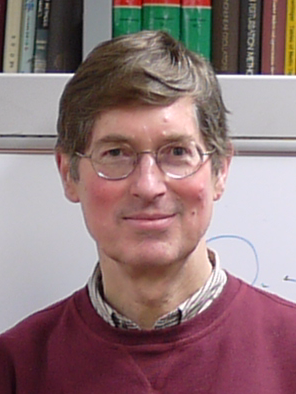
Marty Lee (Fü¤qõ³öEU.New Hampshire) |
| "The Interaction of the Heliosphere with the Local Interstellar Medium: Interstellar Gas, Pickup Ions, Anomalous Cosmic Rays and the Solar Wind Termination Shock (¾zÆǯԨ¿ÌÝìpF¯ÔKXAsbNAbvCIAFüÙí¬ªÆ¾zI[Õg) " |
| The supersonic solar wind forms a plasma cavity in the local interstellar medium (LISM), which is confined primarily by the thermal and ram pressure of the interstellar plasma and the interstellar magnetic field. This cavity is called the heliosphere. The innermost boundary of the interaction region between the solar wind and LISM plasmas is the solar wind termination shock, which was traversed by Voyager 1 in 2004 and Voyager 2 in 2007. The Interstellar Boundary Explorer (IBEX) is also investigating the interaction region by measuring the neutral LISM gas directly and also energetic neutral atoms (ENAs) produced in the interaction region. Recent observations from these spacecraft will be shown and discussed. They reveal a more complex heliospheric structure than had been anticipated. Perhaps the most interesting aspects of the interaction are those between the neutral LISM gas and the solar wind via charge exchange, and between the LISM gas and the Sun/solar wind by photoionization. This interaction produces the interstellar pickup ions (PUIs), which have a huge effect on the magnetohydrodynamics of the solar wind and the termination shock. The PUIs also serve as a seed population for the effective acceleration of the anomalous cosmic ray component, observed throughout the heliosphere, at either the termination shock or at more distant boundaries of the interaction region. The specific acceleration mechanism remains controversial. The current excitement promises to continue as the Voyager spacecraft prepare to encounter the heliopause, the boundary between solar and interstellar plasma, and then venture into interstellar space. |